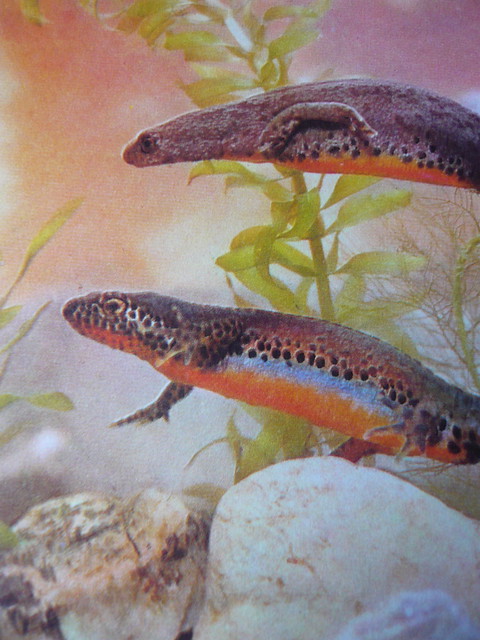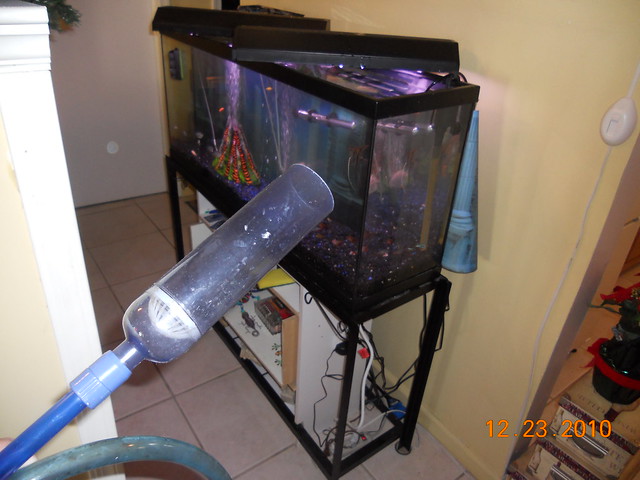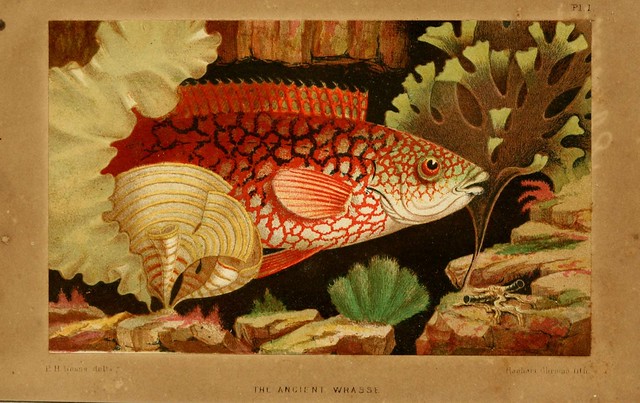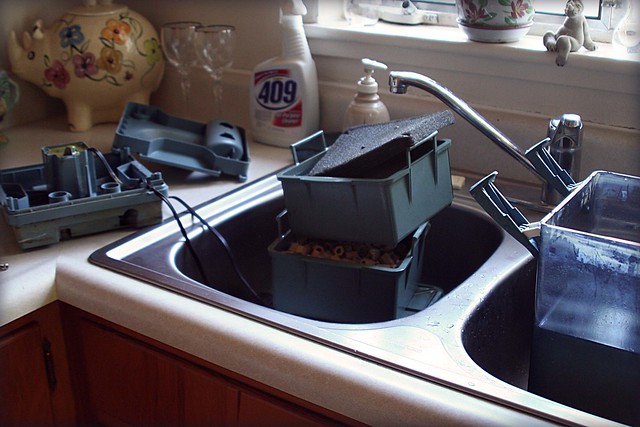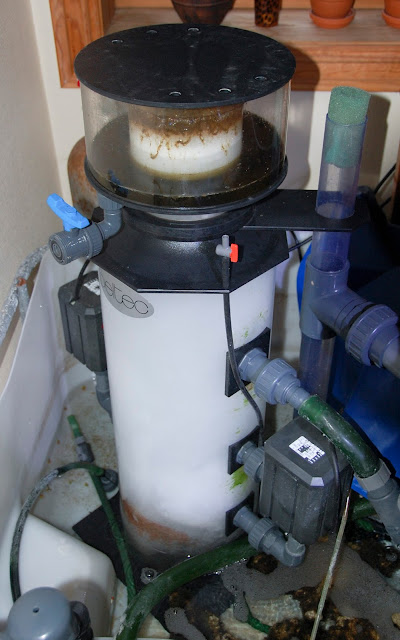 |
| Driftwood (Photo credit: Wikipedia) |
When purchasing driftwood, you have to make sure it is safe to use in an aquarium. They sell driftwood for reptiles that may look ideal for aquariums, but it may contain chemicals that can really hurt your fish.
If you happen to find a piece of wood or roots, do not be tempted to use it in your tank. If it has not been properly dried or cured, it can quickly rot.
There is some preparation required before you add driftwood to your aquarium. To make the best of it you need to give it some thought. Using driftwood and other natural objects makes your aquarium look incredible but you have to be careful, since you might cause some stress and might end up having to take the aquarium apart and starting all over if you don't do it right the first time. You can have a beautiful aquascaped fish tank with very little effort if you plan ahead.
To start, draw a rough sketch of the idea you have for your aquarium, think where you want to locate the driftwood, the plants, and any other structures you want to have. Imagine how your aquarium would look with the driftwood positioned vertically, or horizontally. Create many different designs of what your dream aquatic landscape would look like. Of course, if this is a new tank and you don't have any inhabitants yet, you can actually redecorate as much as you want in the dry tank until you are satisfied with the look.
Driftwood needs to be cleaned. Once you've decided where to place the driftwood, use a clean brush to thoroughly scrub the driftwood and remove any dirt or debris it might have. Don't use soap or any other chemicals. Use only water or you risk poisoning the tank. Once you have cleaned the driftwood, you need to cure it and saturate it.
Some driftwood will remain submerged underwater, but some will remain buoyant if it's not fully saturated and "waterlogged." The way to do this is soaking the driftwood in water as long as possible. Make sure you use a bucket large enough for the water to cover the piece completely. You are going to let the driftwood soak from one to two weeks. Be patient. It'll be worth it in the long run. Now, even when you soak your driftwood thoroughly, some large pieces can still retain buoyancy, so secure them to rocks with monofilament (fishing line) to anchor them.
Driftwood contains tannins that can darken and discolor the water, and soak it long enough will draw the excess out and you'll be able to keep your water cleaner. Although the tannins cause some discoloration, it will not harm your aquarium inhabitants, but it will lower the pH slightly over time. You might use this to your advantage if you have very hard water. You might want to know, however, that that stained water is great for many brightly colored Tetras like Neons, Cardinals and Bleeding Hearts. So if you decide to keep this species, you only need to lightly soak and scrub the piece or pieces of driftwood before adding them to your aquarium.
If you want clear water, then keep soaking your driftwood, and when the water starts darkening, empty the water and gently rinse the driftwood. Fill the bucket with clean dechlorinated water and continue soaking the driftwood.
Every time you change the water, you'll notice the water is less and less dark. When there's no more significant discoloration for three or four days in a row, you can finally place your driftwood in the tank. Keep in mind that even after curing and soaking the driftwood, it may still release tannins and discolor the water, but filtering your water with activated carbon will clear it right up.
You can also boil the driftwood. Use a large enough stock pot, and the tannins will leach out faster, and the curing process will be shorter. Moreover, boiling sterilizes the driftwood. It kills any algal or fungal spores that could take hold once you introduce the piece into the aquarium. Boil the driftwood for 1-2 hours to sterilize it.
With your driftwood properly prepared, you can now start the decorating process. If you are redecorating an inhabited tank, the best time to do it is during a water change. You only need to place the driftwood into your aquarium and refill it.
There are plants such as Java Moss or Java Fern that can be attached to driftwood to create an aged look. You can secure the plants with monofilament, which can be removed when the plants have naturally attached and grown into the driftwood.
So, patience and some planning are crucial in your new set up, and this is particularly true if you are going to use driftwood as decoration.
If you want to find more very useful information about setting up and maintaining your fish tank, please visit me at http://www.thefishtankplace.com Article Source: EzineArticles |

